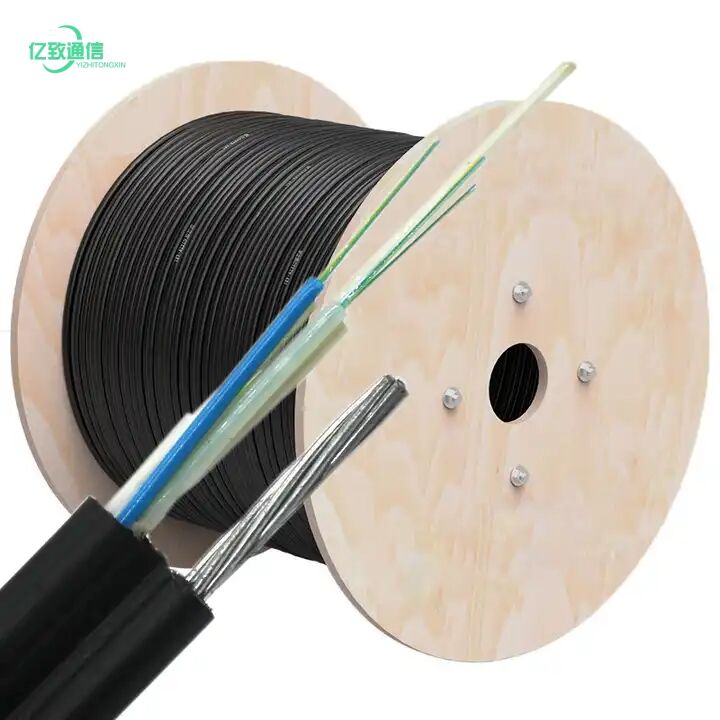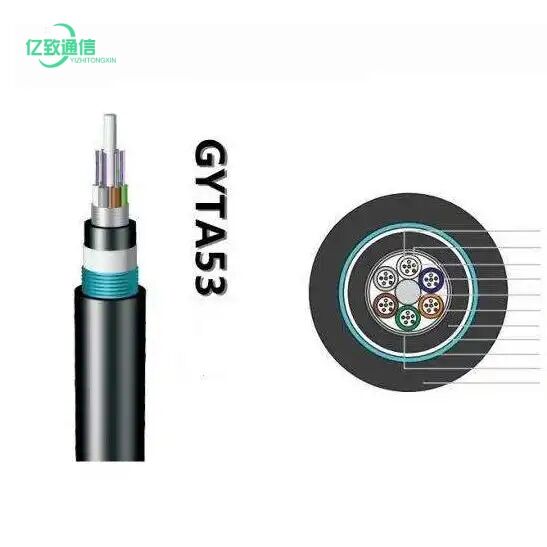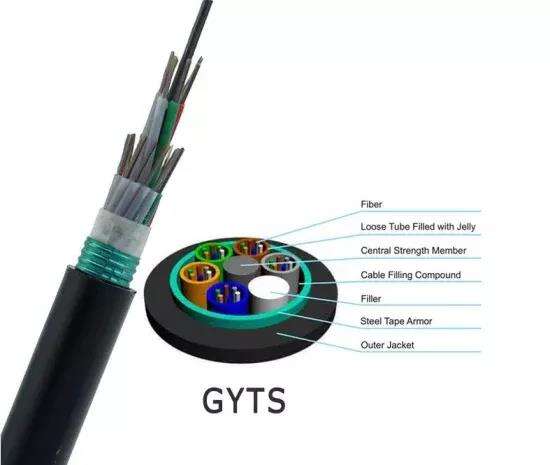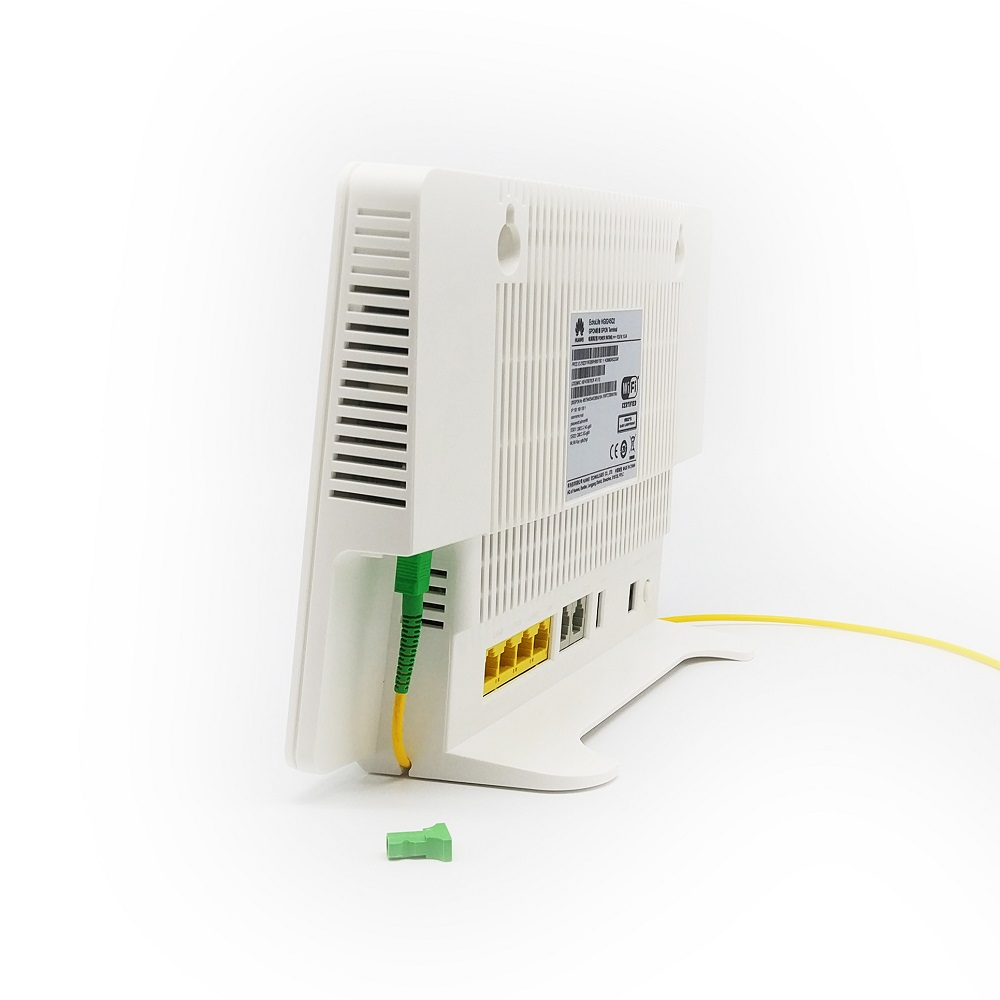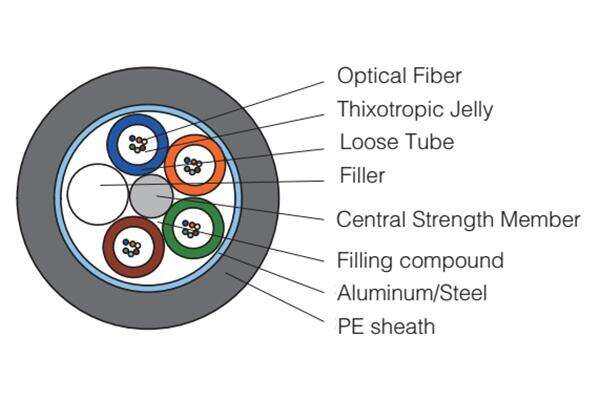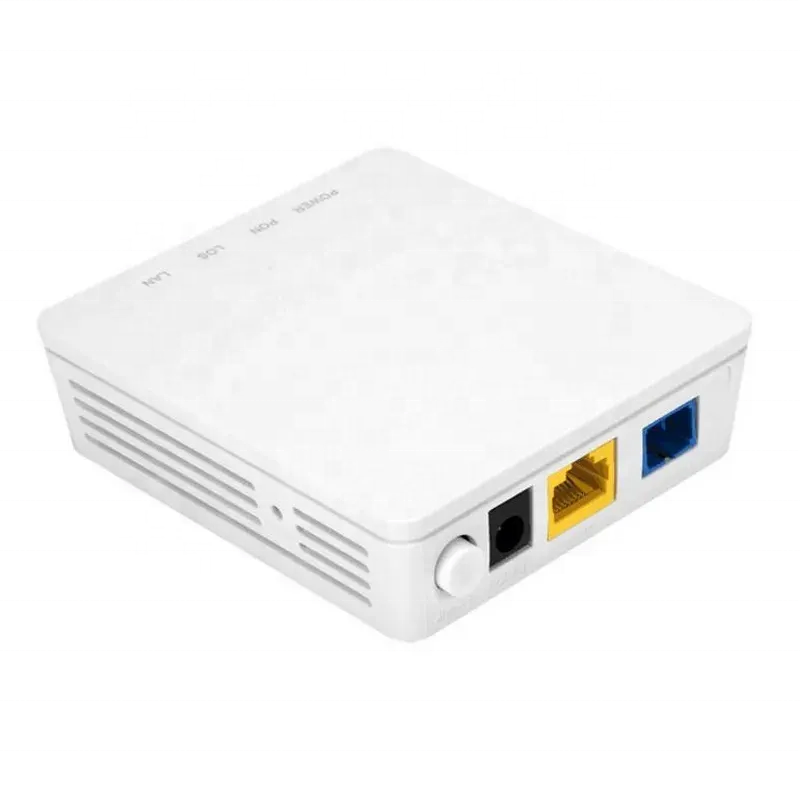नवीनतम डिजाइन ऑप्टिक केबल प्रकार
नवीनतम डिजाइन के ऑप्टिकल केबल प्रकार टेलीकॉम संरचना में एक महत्वपूर्ण अग्रगति को दर्शाते हैं, जिसमें डेटा संचार क्षमता को बढ़ाने के लिए अग्रणी प्रौद्योगिकियों का उपयोग किया गया है। ये आधुनिक फाइबर ऑप्टिक केबल सुधारित कोर डिजाइन के साथ आते हैं, जिनमें अत्यधिक कम नुकसान विशेषताएं होती हैं, 100 Gbps से अधिक की ट्रांसमिशन दर प्राप्त करते हैं। ये केबल अग्रणी सामग्रियों का उपयोग करते हैं, जैसे कि बेंड-इनसेंसिटिव फाइबर और बढ़ी हुई सुरक्षा ढक्कनें, जो कठिन स्थापना परिवेशों में भी उत्कृष्ट प्रदर्शन सुनिश्चित करती हैं। मुख्य नवाचारों में कम व्यास वाले केबल शामिल हैं, जो स्थान उपयोग को अधिकतम करते हैं जबकि मजबूत यांत्रिक गुणों को बनाए रखते हैं। ये केबल विकसित स्ट्रेन रिलीफ प्रणाली और मजबूत सुरक्षा परतों को शामिल करते हैं, जो कार्यकाल और विश्वसनीयता को बढ़ाते हैं। आधुनिक डिजाइन परिवर्तनों में रिबन फाइबर विन्यास शामिल हैं, जो फाइबर घनता को बढ़ाते हैं और द्रुत फ्यूशन स्प्लाइसिंग को सुगम बनाते हैं। ये केबल Dense Wavelength Division Multiplexing (DWDM) प्रौद्योगिकी के माध्यम से बहुत से तरंग दैर्ध्य के संचार का समर्थन करते हैं, जिससे डेटा क्षमता में बहुगुणी वृद्धि होती है। अनुप्रयोग लंबी यात्रा के टेलीकॉम और डेटा सेंटर कनेक्शन से लेकर अंतिम मील कनेक्टिविटी समाधानों तक फैले हुए हैं। नवीनतम डिजाइनों में बढ़ी हुई आग प्रतिरोधी रेटिंग और पर्यावरणीय सustainibility विशेषताएं भी शामिल हैं, जो कठोर उद्योगी मानदंडों को पूरा करते हुए पर्यावरणिक प्रभाव को कम करते हैं।

